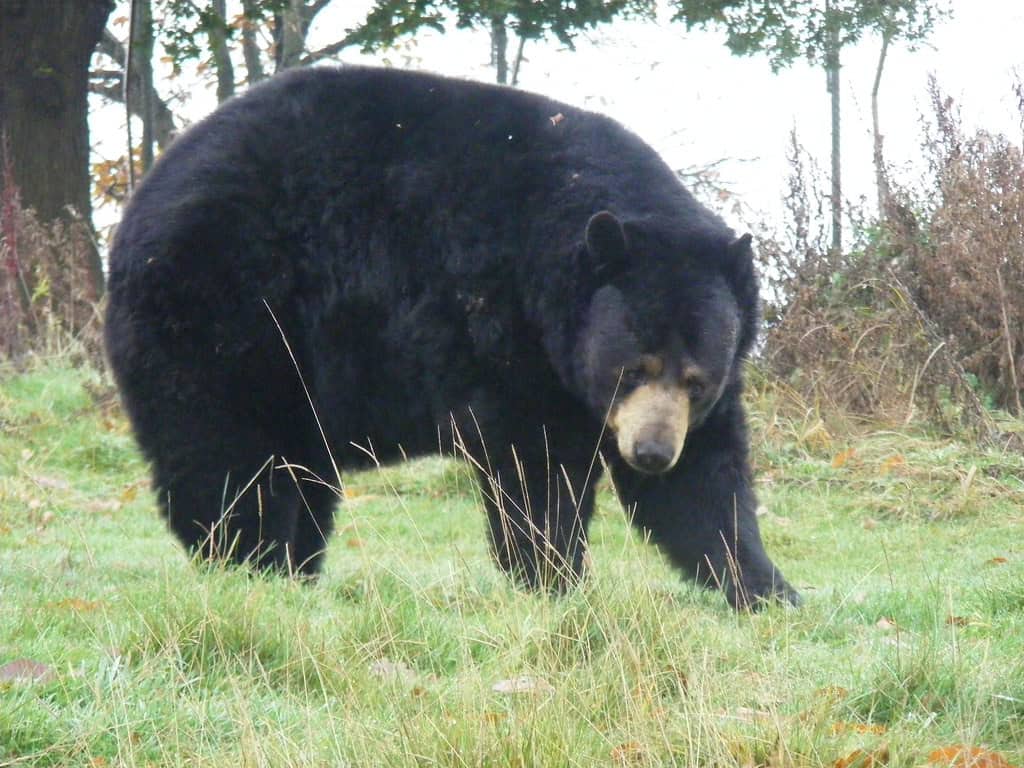When winter’s icy grip tightens across America, most of us bundle up in coats and crank up the heat. But some clever creatures have figured out an entirely different survival strategy that puts our heating bills to shame. These remarkable animals simply shut down for months, slowing their heartbeat to barely a whisper and dropping their body temperature to near-freezing levels. It’s nature’s ultimate energy-saving mode, and it’s happening right in our backyards across the United States.
American Black Bears

The American black bear might be the most famous hibernator in North America, though technically they enter a state called torpor rather than true hibernation. During their winter slumber, these massive mammals can go without eating, drinking, or even relieving themselves for up to seven months. Female bears give birth to tiny cubs during this time, nursing them while remaining in their drowsy state. Their heart rate drops from 40-50 beats per minute to just 8-19 beats, and their breathing becomes so shallow that they appear almost lifeless. What’s truly amazing is that they can lose up to 30% of their body weight during this period while still maintaining enough energy to care for newborns.
Woodchucks (Groundhogs)
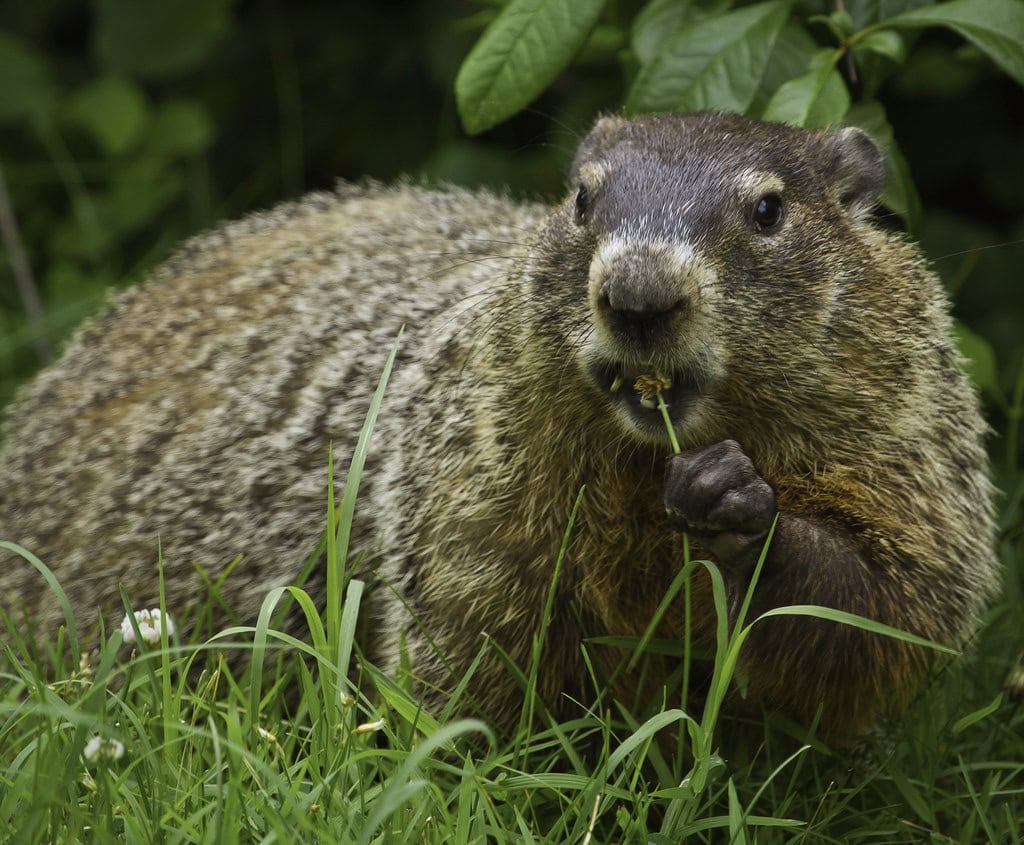
These chunky rodents are the true masters of hibernation, entering a state so deep that they become cold to the touch and nearly impossible to wake. A woodchuck’s body temperature plummets from 99°F to as low as 37°F, while their heart rate drops from 100 beats per minute to just 4-10 beats. They spend the summer months eating up to a pound of vegetation daily, building up fat reserves that will sustain them through their five-month winter sleep. During hibernation, they breathe only once every six minutes, making them appear almost dead to casual observers. Their famous Groundhog Day emergence in February is actually biologically accurate, as this is when they naturally begin to stir from their winter slumber.
Thirteen-lined Ground Squirrels
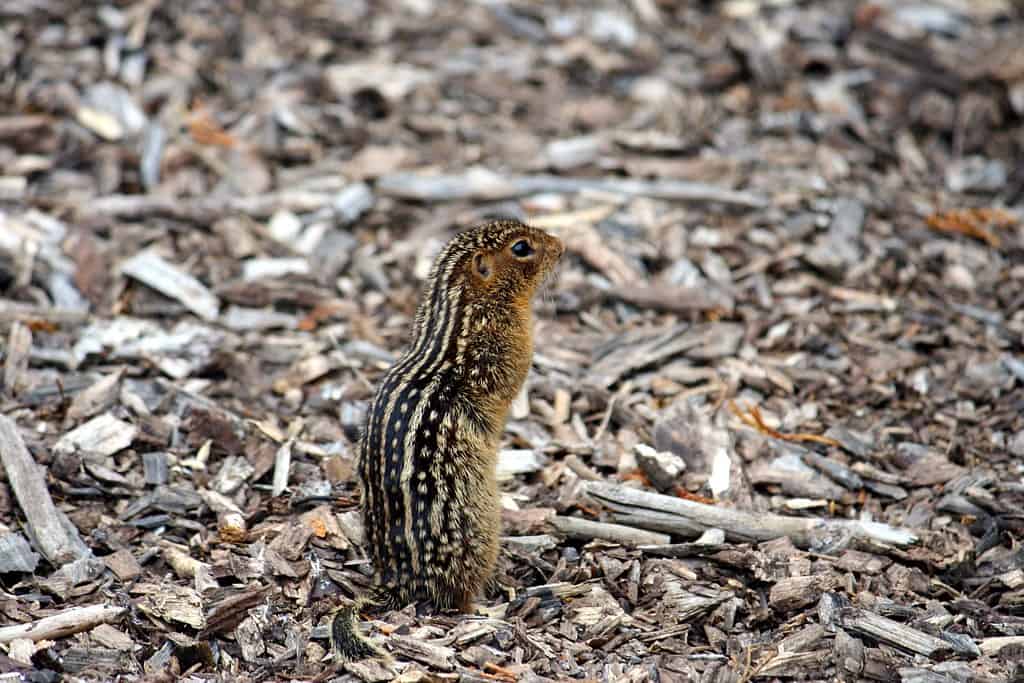
Found across the Great Plains and Midwest, these striped little acrobats hibernate longer than almost any other mammal in North America. They can remain underground for up to eight months, from late summer through early spring, surviving entirely on stored body fat. During hibernation, their body temperature drops to just above freezing, and they take only one breath every few minutes. These ground squirrels are so well-adapted to hibernation that they actually wake up periodically every few weeks to warm themselves up briefly before returning to their deep sleep. This behavior, called arousal episodes, helps prevent tissue damage from prolonged exposure to near-freezing temperatures.
Little Brown Bats
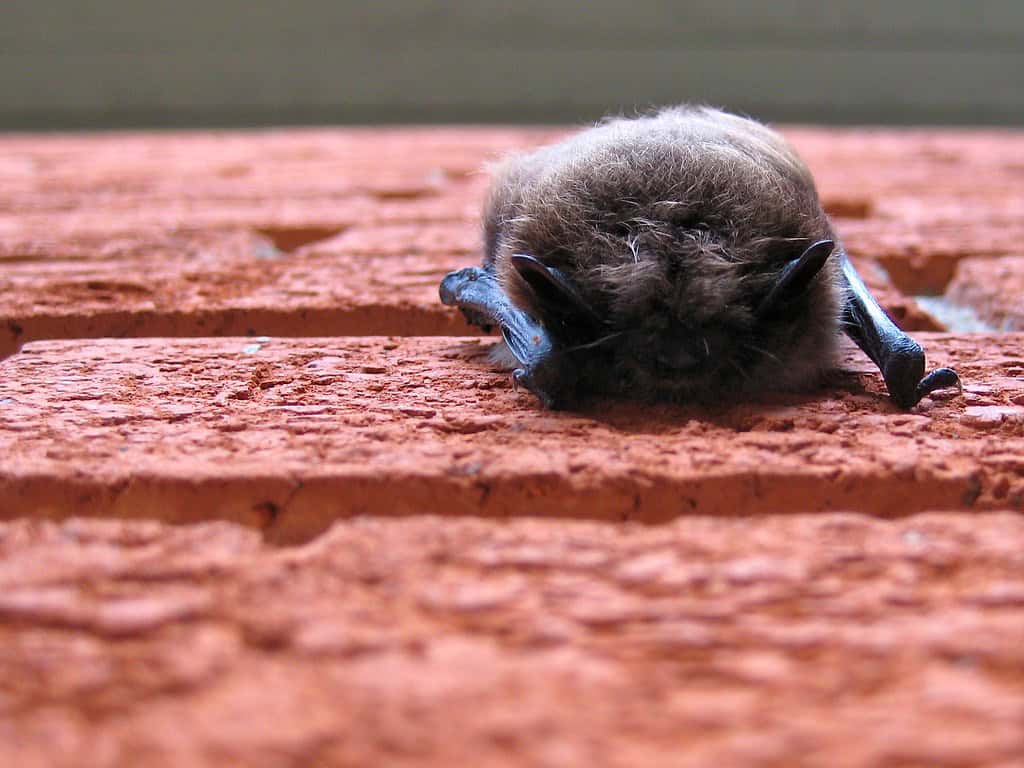
These tiny flying mammals gather in caves, attics, and abandoned buildings by the thousands to hibernate together through winter. Their collective body heat helps maintain a stable temperature in their roosting sites, creating natural warmth in cold spaces. During hibernation, a little brown bat’s heart rate drops from 400 beats per minute to just 25 beats, while their breathing slows to nearly undetectable levels. They can survive on just a few grams of stored fat for six months, making them incredibly efficient at energy conservation. Unfortunately, many bat populations have been devastated by white-nose syndrome, a fungal disease that disrupts their hibernation and causes them to starve before spring arrives.
Eastern Chipmunks
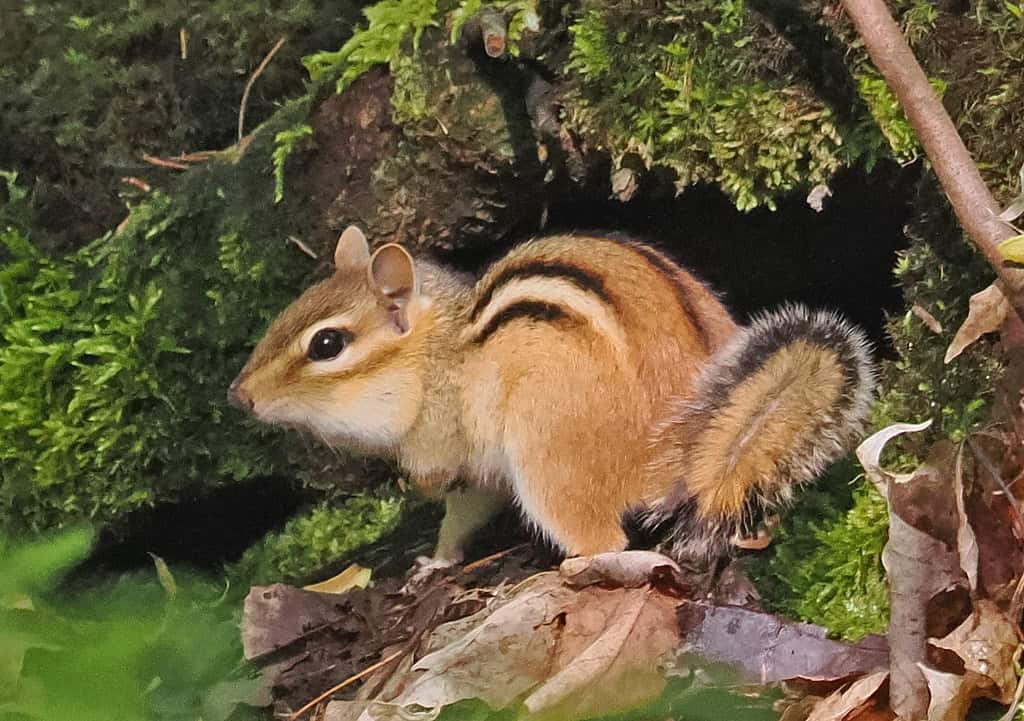
Unlike their western cousins who remain active all winter, eastern chipmunks enter a lighter form of hibernation called torpor. They wake up every few days to eat from their carefully hoarded food stores, which can contain up to eight pounds of nuts, seeds, and berries. These industrious little creatures spend months preparing for winter, making hundreds of trips to stock their underground pantries. During their dormant periods, their body temperature drops significantly, and their metabolism slows to conserve energy between feeding sessions. Their cheek pouches, which can expand to three times the size of their head when full, are essential for efficiently transporting food to their winter caches.
Prairie Dogs
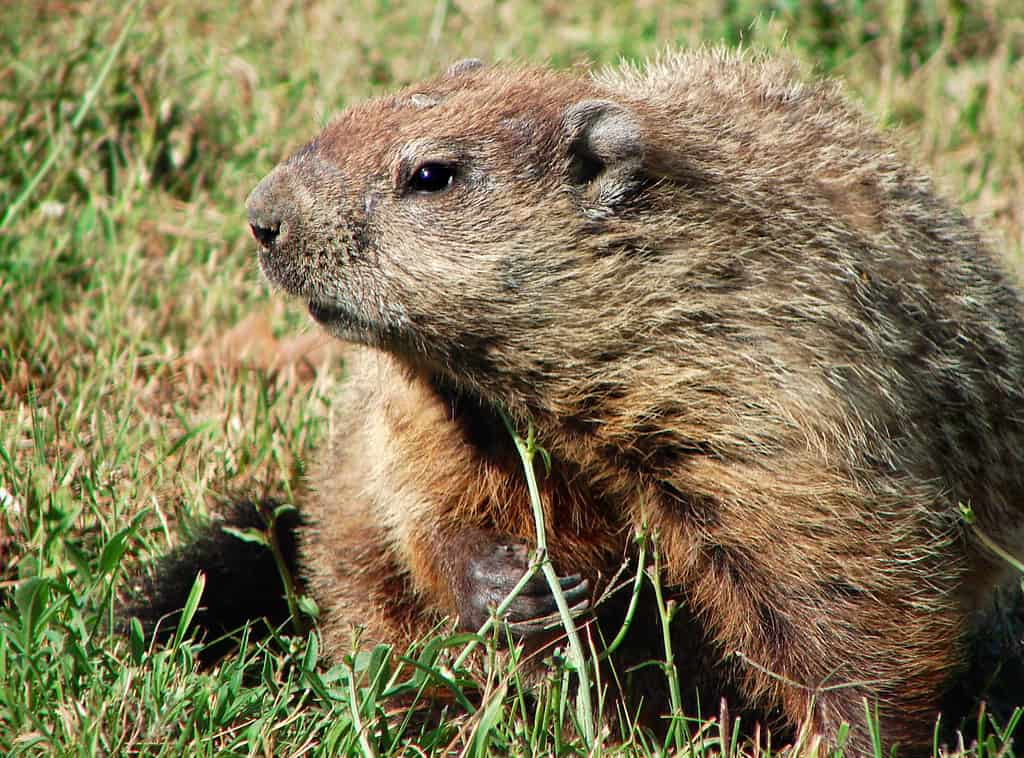
These social rodents from America’s grasslands enter hibernation as entire family groups, huddling together in their elaborate underground burrow systems. Black-tailed prairie dogs in northern regions hibernate for about four months, while their white-tailed cousins can sleep for up to six months. During hibernation, their complex social behaviors completely shut down, and the normally chatty animals fall completely silent. Their body temperature drops dramatically, and they survive entirely on fat reserves built up through summer foraging. The intricate tunnel systems they call home provide perfect insulation, maintaining steady temperatures even when the surface world is buried in snow.
Jumping Mice
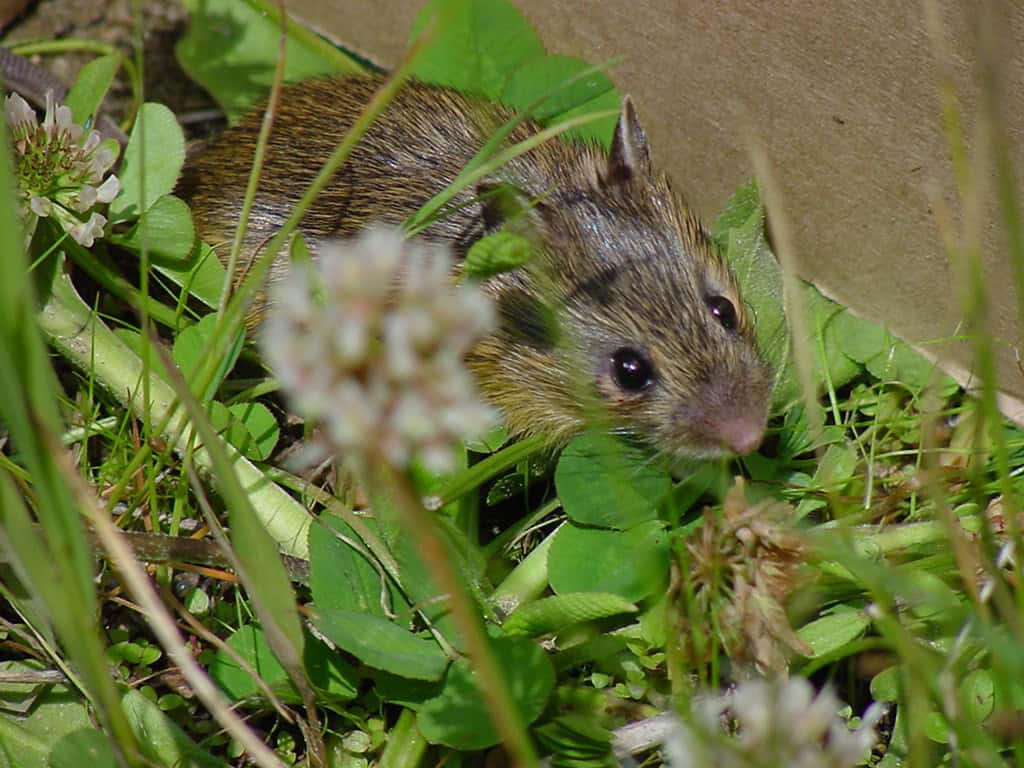
These tiny athletes of the rodent world have proportionally the longest hibernation period of any mammal, sleeping for up to nine months of the year. Meadow jumping mice must double their body weight before hibernation, building up enough fat reserves to last through their marathon sleep. Their hibernation is so deep that their body temperature drops to within a few degrees of freezing, and they breathe only once every few minutes. These remarkable little creatures can leap up to eight feet when active, but during hibernation they curl into tight balls that fit in spaces smaller than a tennis ball. They’re found across northern forests and grasslands, from Canada down to the northern United States.
Franklin’s Ground Squirrels
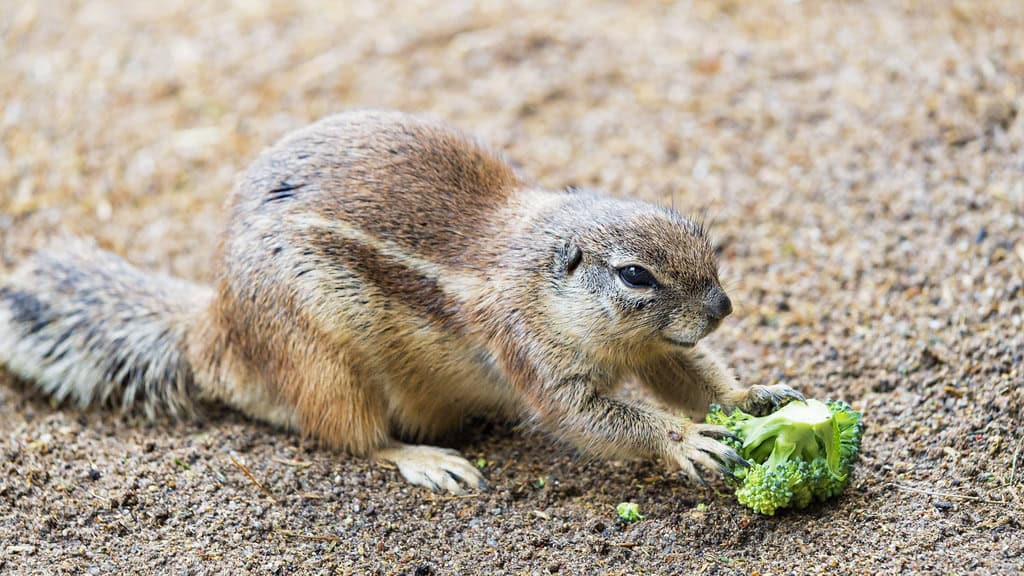
Found primarily in the northern Great Plains, these ground squirrels have one of the longest hibernation periods of any North American mammal. They begin their winter sleep as early as July and don’t emerge until the following April or May, spending up to nine months underground. During this extended dormancy, they lose up to 40% of their body weight, surviving entirely on fat reserves accumulated during their brief active season. Their body temperature drops to near-freezing levels, and their heart rate slows to just a few beats per minute. These squirrels are so rarely seen that many people living in their range have never spotted one, earning them the nickname “ghost squirrels.”
Arctic Ground Squirrels
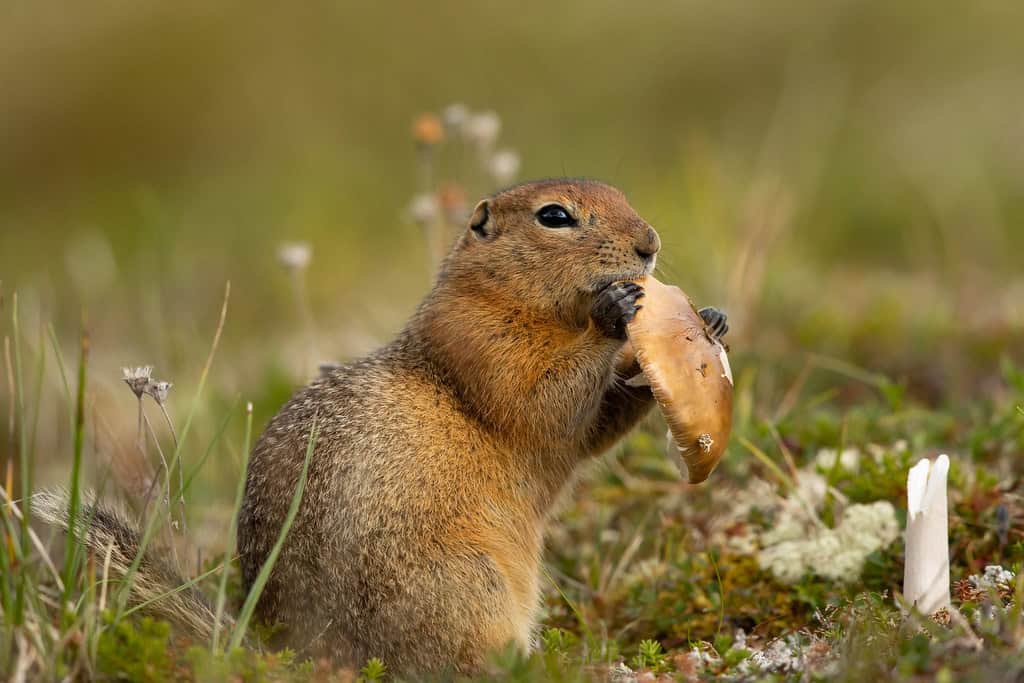
Living in Alaska and northern Canada, these hardy squirrels endure the most extreme hibernation conditions of any mammal. Their body temperature actually drops below freezing during hibernation, sometimes reaching as low as 26.6°F, making them the only known mammal that can survive with subfreezing body temperatures. They accomplish this incredible feat through a process called supercooling, where their body fluids remain liquid despite being below the normal freezing point. Their hibernation lasts up to eight months, during which they must wake up periodically to rewarm their bodies and prevent permanent tissue damage. These remarkable adaptations allow them to survive in some of the harshest environments on Earth.
Big Brown Bats
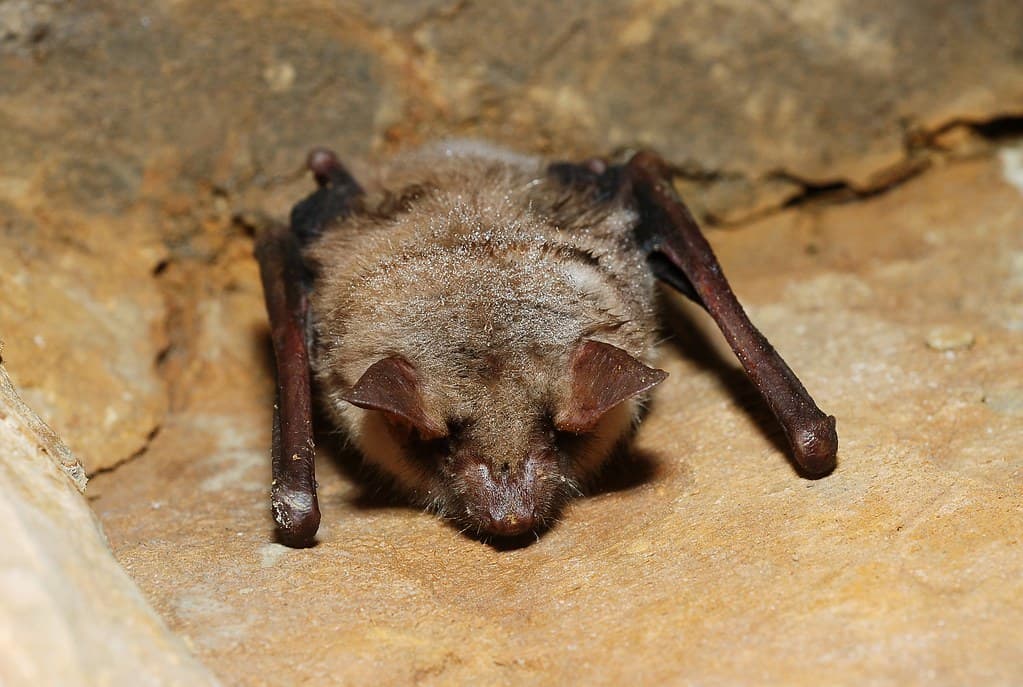
Larger than their little brown cousins, these bats are found throughout most of the United States and employ slightly different hibernation strategies. They often choose warmer hibernation sites like heated buildings, allowing them to maintain higher body temperatures than other hibernating bats. During their winter sleep, they can go without eating for up to six months, relying entirely on fat reserves stored in their wings and body. Their slow breathing and dramatically reduced heart rate help them conserve energy, though they occasionally wake to drink water or change positions. Big brown bats are particularly important to ecosystems because they consume vast quantities of agricultural pests during their active months.
Hoary Marmots
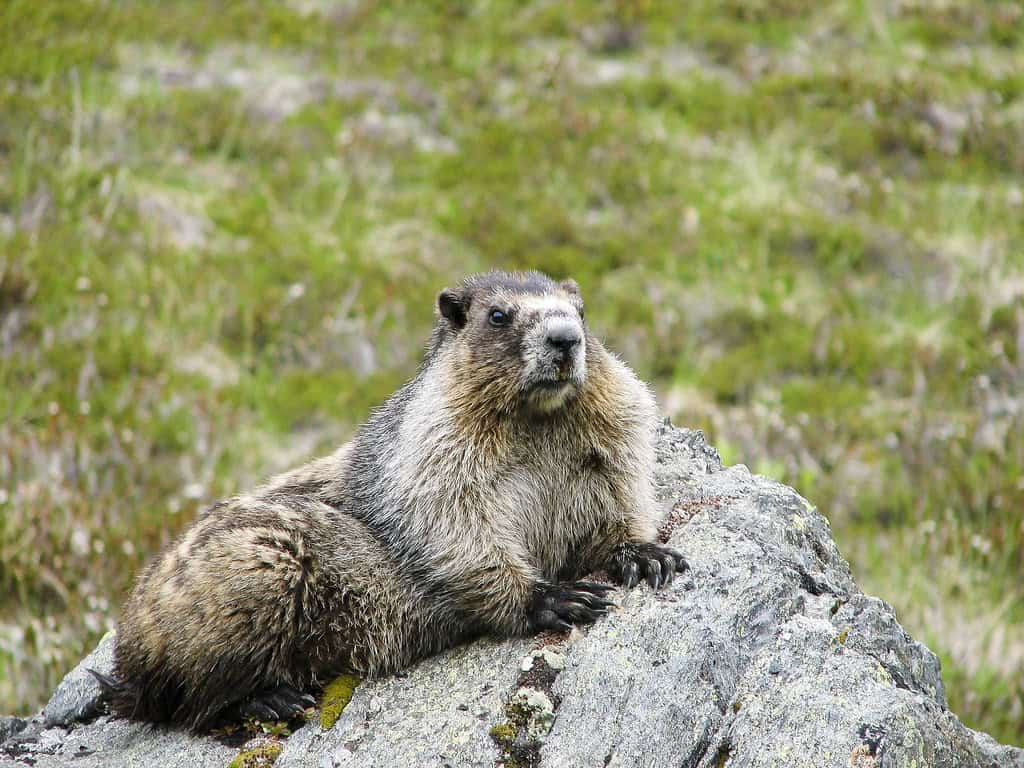
These large, fluffy rodents inhabit the mountainous regions of Alaska and northwestern Canada, where they hibernate for up to eight months each year. Living at high elevations where winter arrives early and lingers late, hoary marmots must be extremely efficient at preparing for their extended sleep. They spend their brief summer months eating alpine plants and flowers, building up fat reserves that can account for up to 20% of their body weight. During hibernation, entire family groups huddle together in rocky dens, sharing body heat to survive the brutal mountain winters. Their thick, woolly fur provides additional insulation, helping them maintain just enough warmth to survive until spring returns to their alpine homes.
Poorwills
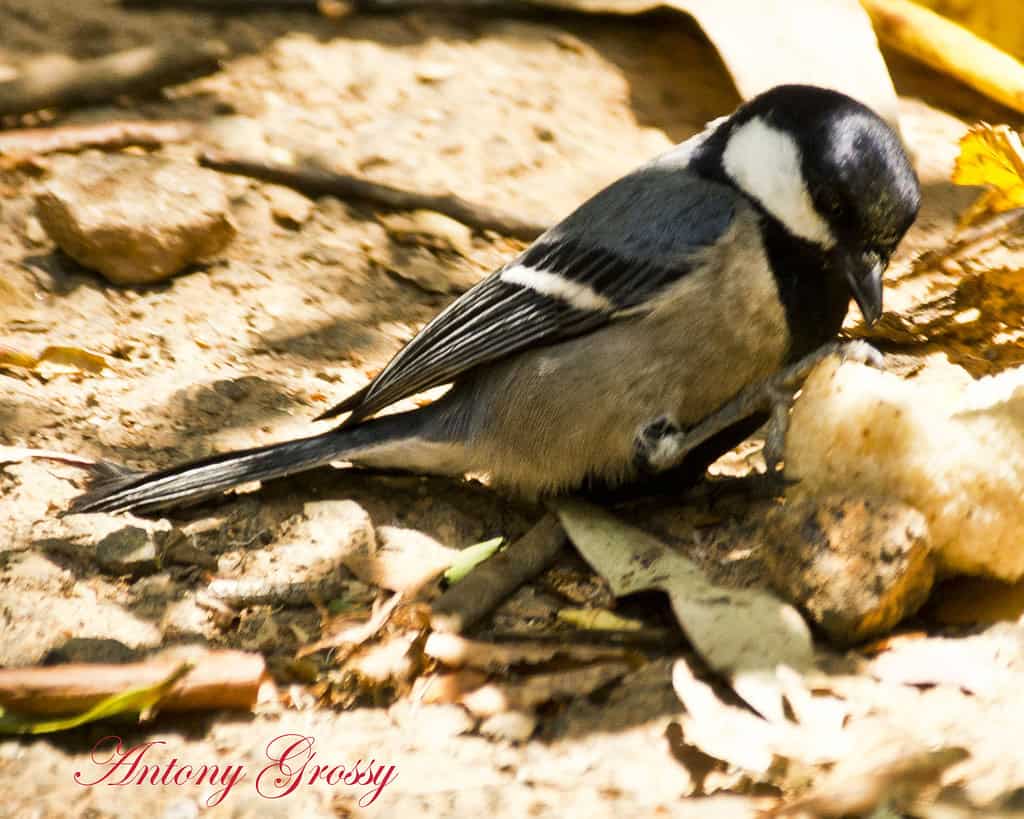
The common poorwill holds the unique distinction of being the only bird known to truly hibernate, making it a fascinating exception in the avian world. Found across western North America, these nocturnal birds enter a state called torpor that can last for weeks or even months during cold periods. Their body temperature drops from 106°F to as low as 41°F, and their breathing and heart rate slow dramatically to conserve energy. Unlike other birds that migrate to escape winter, poorwills simply find a protected spot among rocks or vegetation and essentially shut down until conditions improve. This remarkable adaptation was only discovered in the 1940s when a researcher found an apparently dead poorwill that later came back to life as temperatures warmed.
Conclusion

The incredible diversity of hibernation strategies across American wildlife showcases nature’s remarkable ability to adapt to harsh conditions. From bears giving birth in their sleep to birds that temporarily shut down like living thermostats, these species have evolved fascinating ways to survive when resources become scarce. Each animal’s unique approach to hibernation reflects millions of years of evolutionary fine-tuning, creating survival strategies that seem almost magical to our human perspective. The next time winter arrives and you’re complaining about your heating bill, remember these amazing creatures who’ve mastered the art of sleeping through the season. What other secrets might these hibernating animals still be hiding from us?
- 15 Common Mistakes When Caring for Pet Birds - August 14, 2025
- 12 Species That Hibernate in the U.S. - August 14, 2025
- 15 Animal Species That Recognize Themselves in Mirrors - August 14, 2025

